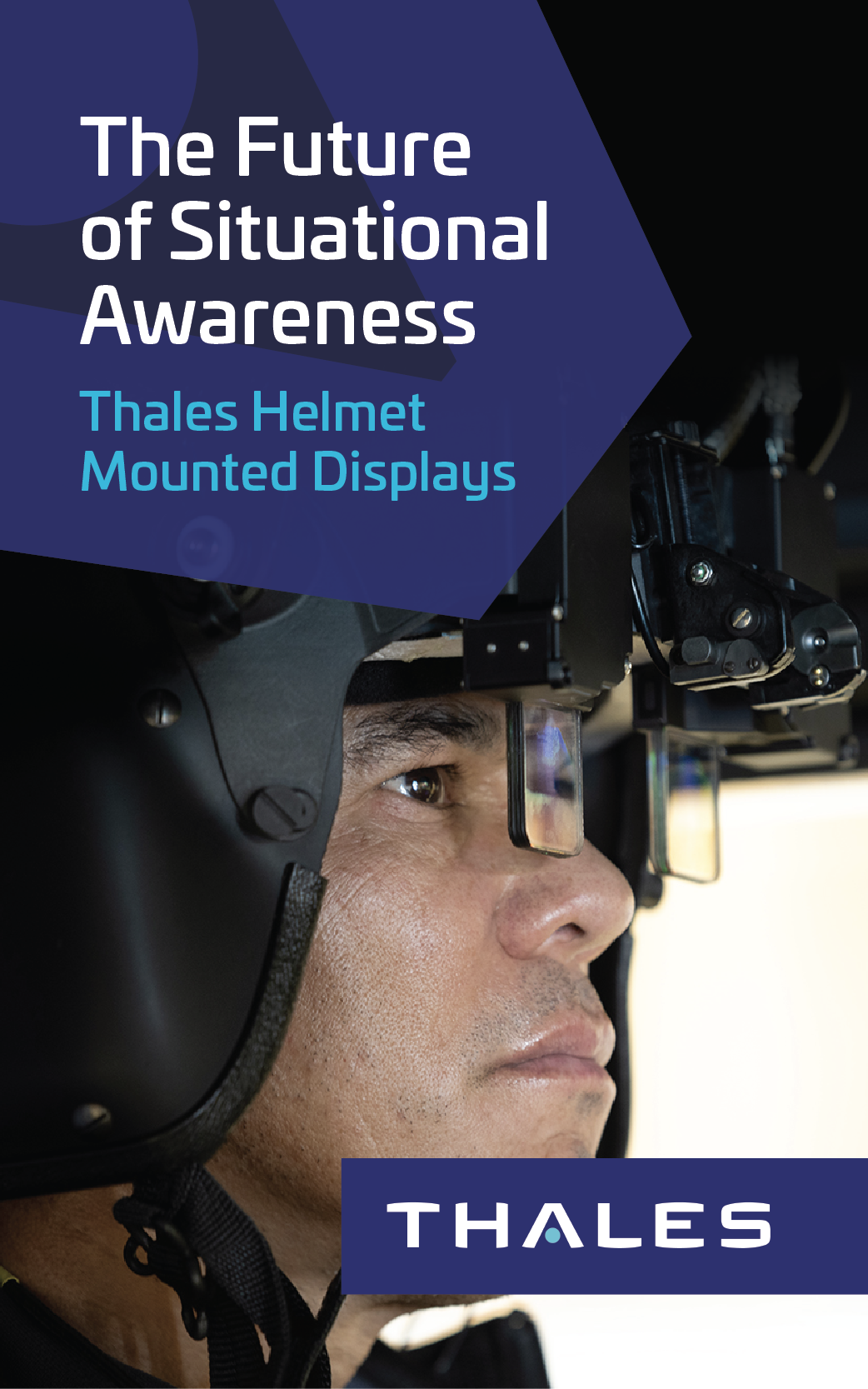Current Issue Articles
Opportunities, Make the Most of Them!
By CSM Brian N. Hauke: As I sign off the net and gather my thoughts for my final article as our Aviation Branch Command Sergeant Major, I thought it would be fitting to write about opportunity and making the most of those opportunities given to us. With my pending retirement rapidly approaching, I find myself reflecting on the last 30 years of “opportunities.” In 1990, I was a wide-eyed, naïve young man who stepped off the bus at Fort Jackson, South Carolina for basic combat training. Never, and I mean never, would I have thought back then the Army and...
Learn MoreSurvivability – Outlook for Today and Tomorrow
Aviation Survivability / By CW3 Paul Olson: The Aviation Survivability Development and Tactics (ASDAT) team occupies a unique position in U.S. Army Aviation. ASDAT, the Army component of the Joint Combat Assessment Team (JCAT) underneath the Joint Aircraft Survivability Program (JASP), started as a forensics-focused team that examined enemy tactics techniques and procedures (TTP) utilized to affect U.S. aircraft and provided the joint aviation community with counter TTPs against the threats posed to them. These efforts resulted in increased U.S. military aircraft effectiveness and survivability. The team’s mission has expanded tremendously since its inception, with two new pillars of training...
Learn MoreS&T Advancements in Threat Detection
Aviation Survivability / By Mr. Ralph Troisio, Dr. Frances Bodrucki, Mr. Thomas Z. Provencher and Mr. Paul Restine: The development and proliferation of advanced anti-aircraft munitions including surface-to-air missiles (SAM), man-portable air-defense systems (MANPADS) and air-to-air missiles (AAM) present a significant threat to Army Aviation. These high-speed guided missile systems give crews little time to react to incoming threats and can prove fatal if not avoided or neutralized before impact. The U.S. Army Ground Combat Vehicles (GCVs) face similar threats in the form of Anti-tank Guided Missiles (ATGMs). EWAGS GRAPHIC A passive threat warning sensor (TWS) can increase aircraft and...
Learn MoreHow Are Our Youth Coping with COVID-19?
Family Forum / By Judy Konitzer: No doubt about it. We are living in a deeply altered world with a dramatic change in what is “normal.” Without a vaccine, and maybe even with one, COVID-19 may be here to stay indefinitely according to a growing consensus of scientists. Masks, full-to-the-max back packs and social distancing before, during and after school are the daily norm for most students physically returning to school./ PERSONAL PHOTO CW4 (RET.) JOE PISANO But as doctors improve treatments, and people embrace best practices like wearing a face mask, washing hands, and practicing social distancing, we are...
Learn MoreIntimate Partner Violence
Ask the Flight Surgeon / By CPT (Dr.) Gurdeep Buttar: Military service presents unique psychological, social, and environmental challenges that can strain families and relationships within it. ARMY.MIL photo Of considerable public health significance is intimate partner violence (IPV). IPV encompasses a range of physical, sexual, or psychological harms or stalking behavior by a current or former partner along a spectrum of severity. According to the Centers for Disease Control (CDC), 1 in 4 women and 1 in 7 men will experience physical violence by their intimate partner at some point during their lifetimes. About 1 in 3 women and...
Learn More

















